The closest we will come to understanding the late Queen’s inner world
No one was photographed and filmed more than Queen Elizabeth II, who spent a record-setting 70 years on the British throne. No face was more familiar than hers, yet no one remained less known.
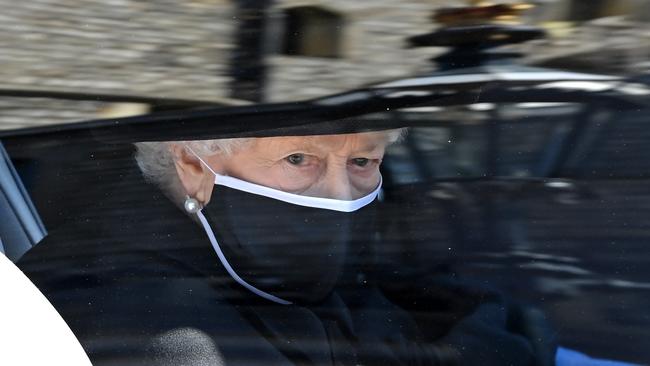
We know our modern icons through images. That is why we do not really know them at all. Photographs, portraits, newsreels and iPhone clips capture the face of celebrity, but character lies beneath the skin.
No one was photographed and filmed more than Queen Elizabeth II, who died in 2022 at the age of 96, after a record-setting 70 years on the British throne. No face was more familiar than hers, yet no one remained less known. Her ancestors wore suits of armour on the field of battle. Elizabeth sallied forth in a hat, a handbag and a steel corset of manners and duty.
In his biographies of Princess Margaret and the Beatles, the English humorist Craig Brown assembled portraits with a snapshot method, creating a collage of short chapters blending images and anecdotes with sharp and witty analysis. In Q: A Voyage Around the Queen, Brown applies his patent biographical method to Elizabeth Windsor of Windsor Castle, Windsor.
She wins.

Q is cleverly constructed, consistently insightful and hilarious, and quite possibly the closest we will ever come to understanding Elizabeth II. Those who knew her, Brown writes, vouched that she was a “regular upper-class English countrywoman: straightforward, understated, matter of fact, down to earth”.
Yet Q is a catalogue of bizarre theatricality in which everything she says or does, and everything she does not say or do, bears metaphysical significance.
One of the last indignities to which royal flesh was heir was playing stooge to Paddington Bear in a short film. Paddington was not there at all; he was inserted later through CGI.
Elizabeth delivered her lines perfectly to a fictional bear in an empty space. Simon Farnaby, the actor playing her footman, complimented her as “a very good actress”. “Well of course, I do it all the time,” she replied.
Elizabeth, Brown relates, told French president Francois Hollande that, as a girl, she had dreamed of becoming an actress. Hollande suggested that she had achieved her ambition. “Yes,” she replied, “but always the same role.”
The royal performance shaped the perception and personalities of everyone she encountered. Those who met her, Brown writes, tended to remember “only what they had said, and how they had behaved,” while her words “seemed, as if by magic, to vanish into the air”.
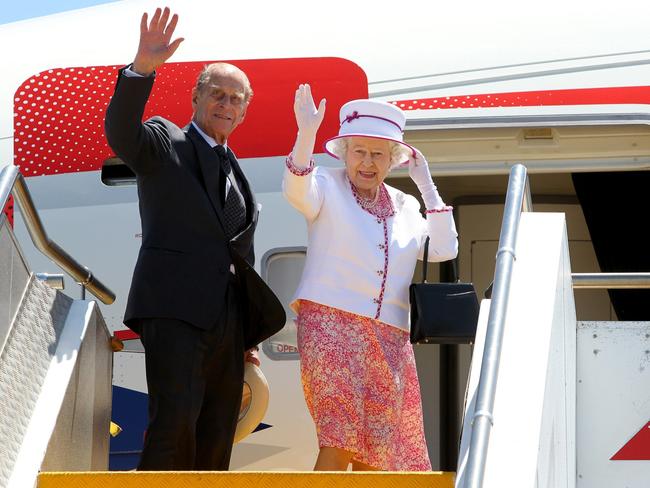
The adjective “radiant” occurred to Noel Coward, Sylvia Plath and Cecil Beaton.
Harold Pinter, the committed left-winger whose plays are studies in agonising pauses was out-paused over lunch and forced to grovel, “Do you know, Ma’am, that vegetables were introduced into England very late? Henry VIII never ate a vegetable.”
When Ma’am complimented Ted Hughes on a poem about an otter, he confided that he had written much of it in a mystic trance, copying the words from a scroll that, Brown writes, had manifested “in the air just to his right.” She was used to eliciting weird and intimate confessions from strangers.
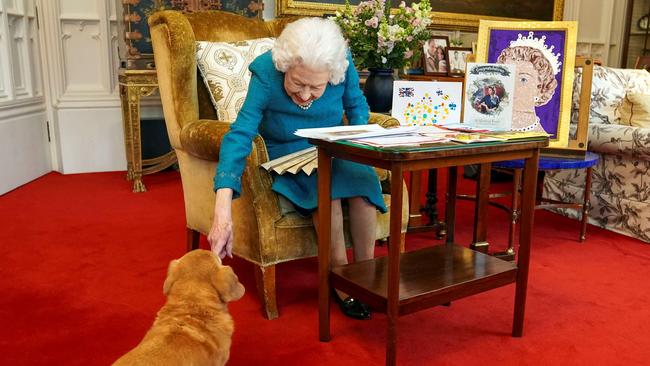
Her “unthreatening dowdiness,” the American writer Clancy Sigal noted, was “a calculated, even inspired, masterstroke of theatricality: the ordinary made majestical, mystical”. The core of the royal performance, restraint, implied that Elizabeth’s smiling, waving and small talk, Brown writes, shielded a “shyer, less forthcoming” private person. So did her catchphrase “my husband and I”, which foregrounded the bluff Prince Philip, not the main attraction. We assume less is more, but in her case, less was less: the more she subsumed herself into her performance, the more successful it became. The biographer is reduced to chasing fool’s gold.
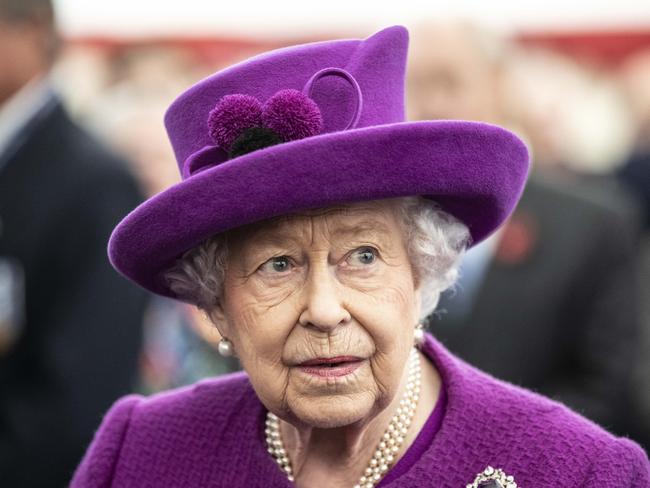
When Ted Hughes backed away from the royal presence, he forgot his Medal for Poetry. Elizabeth gave it to him again, saying, “I do hope it’s real gold.” She loved jigsaw puzzles, which, Brown notes, “appeal to those who like to make order out of chaos”. She loved the countryside, which did not require repainting before her visit. She loved horses and dogs, who could kiss but never tell. She especially loved corgis. These small and obnoxious Welsh cattle-herders were vehicles for the passions she could not otherwise express, especially aggression. They also left the occasional mess for the staff to clean up. Honey bit an Irish Guardsman on the bottom. Piper bit the Queen Mother and Prince Edward.
Her Majesty “always kept a set of bagpipes to hand”, as a single blast, her piper reported, caused the warring corgis to “slink away, as though in pain”. Her canine companions also allowed her to express her sense of humour. Guests were served “dark biscuits” along with the cheese course. Elizabeth and her mother would wait until their guests had tucked in, then shout, “No, no, no, they’re for the dogs!”

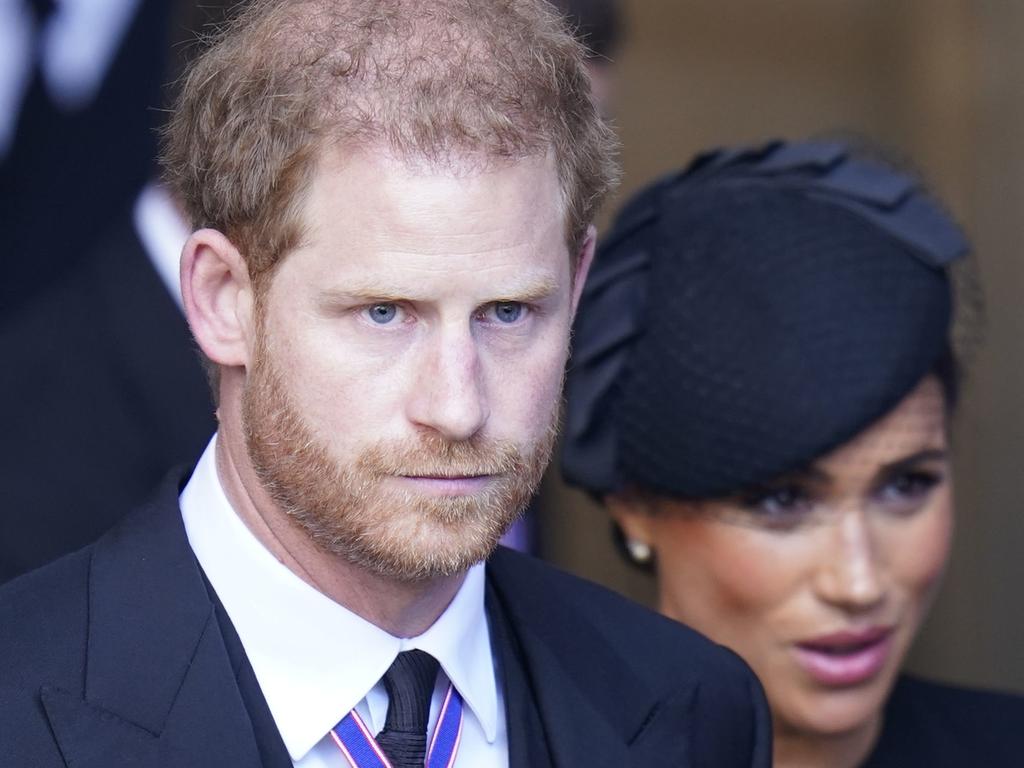
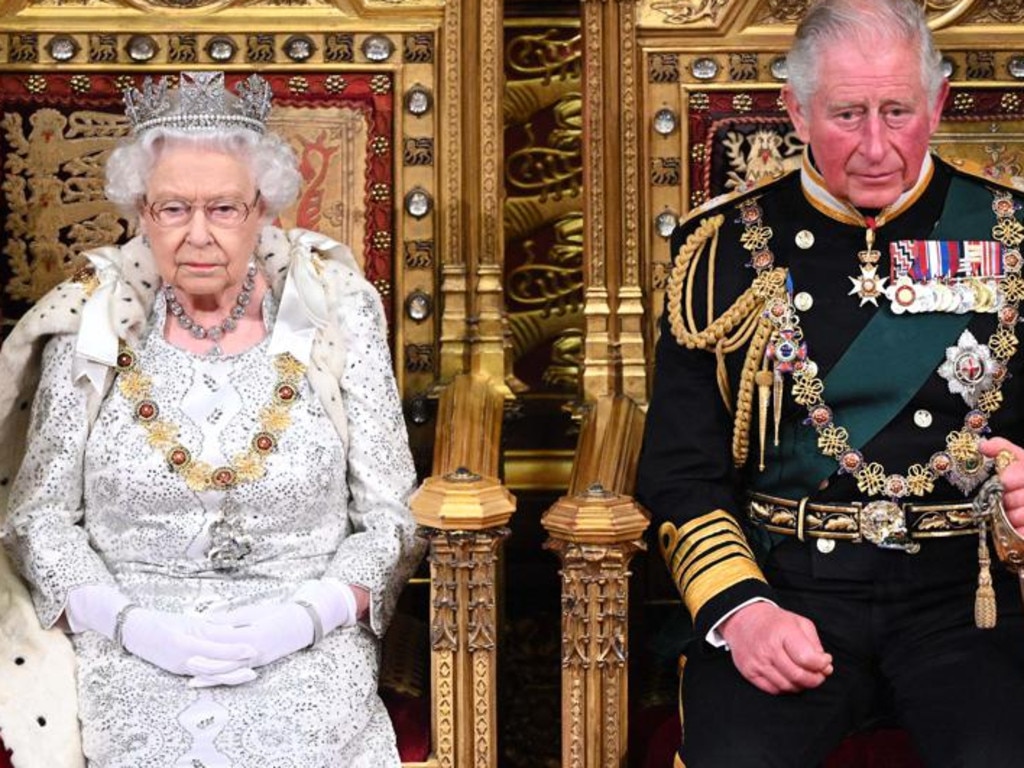



To join the conversation, please log in. Don't have an account? Register
Join the conversation, you are commenting as Logout